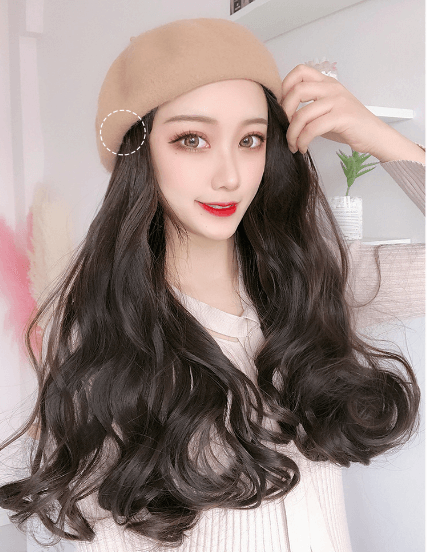The easiest way to explain different hair fibers is pretty simple. There are two mama bears in the wig/weave world: Human and Synthetic – both of them have their own set of children and require different upkeep methods. I always tell my wig and weave newbies that regardless of how much one tries to follow package and product guidelines for how to care for their hair, it’s trial and error. Upkeep does not depend solely on the hair fiber but instead on how much the hair is styled and manipulated, the length of time the hair is installed or kept in, and the types of products used on the hair.
Below is a cheat sheet for types of hair and the best way to manage each type.

Human
Human hair gives us girls the most natural look and feel. Human hair is also extremely versatile, as it can be cut and styled to suit personal tastes. Although a more expensive option, with appropriate care it’s most durable and can last for up to two years. With that being said, maintenance can be cause for grievances because it has to be treated as if it’s your natural hair.
There are generally four basic types of human hair used in wigs: Chinese, Indonesian, Indian and European/Caucasian. More modern types are Peruvian and Brazilian; however, the majority of wigs are made from Asian hair. Chinese hair has a thicker denier (unit of fineness) which results in the hair being extremely straight; this can cause resistance to curls and body. Indian hair has thinner denier, close to that of European hair, but with a bit more texture and wave options available. European hair is the most sought after because of its fine denier – but due to its increasingly limited supply in the marketplace, it is more expensive. Remy human hair is also considered a premium option and can be tangle free, it appears and feels more silky than typical human hair.
For the ultimate return on your investment in a human hair wig, proper upkeep is key. It is recommended to wash your wig after 14 days of wear. To eliminate the labor of always doing a full shampoo, try switching it up once in a while with a dry shampoo. Dry shampoos that are sulfate free help maintain the natural oils needed in your wig. Conditioning also helps to maintain your wig’s ability to be managed, to be free of tangles and to maintain a certain amount of thickness and body. Missing conditioning sessions will have your wig appearing raggedy. Refrain from using too many oils on your wig to avoid it from becoming full of static.
One of the biggest care points missed is wig storage. If you have a good stylist, they will inform you that it is always best to store your wig away from any type of heat. Storing your wig away from heat is vital to the care of your wig, especially if it is colored. Too much heat will leave you with a dull looking wig! More importantly, do not throw your wig in a random plastic bag. You’ve spent good money on that human hair wig, so invest in a mannequin to keep its form.


